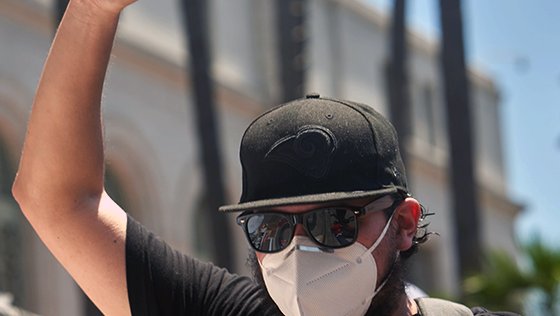Communities Do Not Seperate Themselves into “Issue Areas” - Neither Does Liberty Hill
By Roni Hooper, Liberty Hill Director of Foundation & Government Grants
Return to NewsletterHistories of injustice told by low-income people of color rarely fall into neat categories.
A young Black mother living in her car with her daughter will not tell you that her problems began when she was evicted. Instead, she could likely recount stories of relentless and intersectional oppression at the hands of unjust systems, such as child welfare, health care, education, juvenile justice, policing, housing and so much more.
In the face of this complexity, funders often try to untangle overlapping systems of harm into well-defined issue areas. They also set up parameters around which ones they will and will not fund. This approach is practical since every foundation needs to establish objectives that are attainable with limited resources. But the approach falls short when it does not account for the fact that human beings cannot easily break themselves into pieces to fit into categories they had no hand in defining.
At Liberty Hill, our grantees have achieved historic wins in the areas of youth justice, housing, and environmental justice. But we are mindful of silos. We welcome—and in fact encourage—a holistic approach that centers the self-defined and intersectional needs of our grantees. And at the core of our interconnected efforts is our North Star: to build power in communities most impacted by systemic oppression to achieve justice and equity.
As an example, the origin of our Liberation Fund grew out of studies showing that, while youth incarceration was dropping overall, girls and gender-expansive (GE) youth were not benefiting from that trend. Our Youth Justice team dug deeper for solutions. We learned that the justice system was one of many systems with racist roots steering girls into incarceration. Ten Liberation Fund grantees are now developing a blueprint for girls and GE youth to secure their rights to community safety, housing, education, health, and wellness; and to build their power to bring about an end to incarceration for girls and GE youth of color.
